When metal parts come off the machine, they’re rarely ready for use. Sharp edges, burrs, and rough surfaces can cause trouble. These defects slow down production and affect quality. If you’re working with CNC machined or stamped parts, you’ll want a smooth finish. Deburring solves this.
Smooth parts matter. Bad edges lead to injuries, damage, and fit problems. Let’s go deeper into what causes burrs and how to remove them.
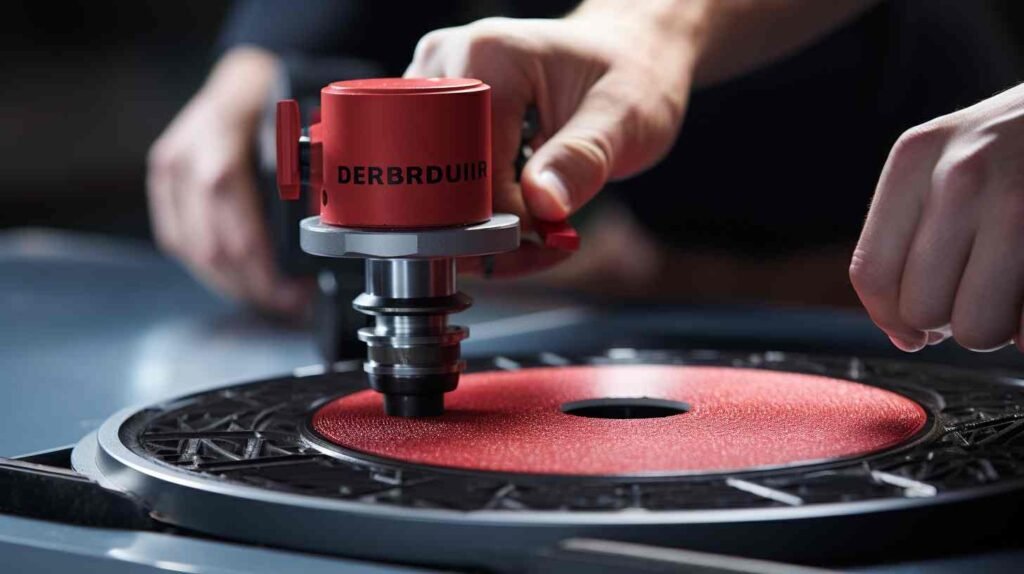
Deburring: Definition and Causes
Before choosing the proper method to deburr, it’s essential to understand what it means and why burrs occur. This helps avoid quality problems and makes production smoother.
What is Deburring?
Deburring is the process of removing small, rough edges left on a metal part after cutting, drilling, milling, or stamping. These leftover edges are called burrs. Burrs are sharp, unwanted, and often invisible at first glance. They can affect how a part fits, moves, or looks. Removing them makes the part safer to handle, easier to assemble, and better in performance.
There are many ways to deburr. These include manual tools, machines, or chemicals. The choice depends on the shape of the part, the material, and the level of smoothness required for the finish.
Why Do Burrs Form?
Burrs form when cutting tools move through metal and push material aside instead of cutting it cleanly. This occurs due to the pressure, heat, and speed employed during machining. When a drill exits a hole or when a cutter stops at the end of a pass, leftover metal curls or tears.
Common causes include dull tools, wrong cutting speeds, or poor tool alignment. Softer materials, such as aluminum, are more prone to burrs. Even small changes in setup can lead to burrs.
Why Is Deburring Necessary?
Leaving burrs on metal parts may seem harmless at first. But over time, they can cause real problems for both the product and the production line.
Burrs can make it hard to fit parts together during assembly. They can cause jamming or misalignment in mechanical systems. Sharp burrs also pose a risk of cuts to workers and end-users. In moving parts, burrs may break off and damage other components.
Burrs can also mess with measurements. Even a slight burr can throw off tolerance checks, leading to rejected parts. In industries such as aerospace or electronics, this means additional costs and downtime.
Removing burrs helps make parts safer, more accurate, and more reliable. It also keeps customers satisfied and reduces the risk of returns or warranty issues.
Types of Burrs
Burrs come in many forms. Each type forms differently, depending on how the material is cut or shaped. Knowing the kind helps pick the best removal method.
Machine Burrs
Machine burrs typically appear during processes such as milling, turning, drilling, or grinding. These burrs usually form at the tool exit point. They are common in parts made with CNC machines or lathes. Poor tool sharpness or high cutting speeds can exacerbate the issue.
Thermal Burrs
Thermal burns are caused by heat during cutting. Processes like laser cutting or plasma cutting can cause the material edges to melt. When the melted metal cools, it hardens into rough, sharp points. These burrs are commonly found in high-speed or high-temperature operations.
Remaining Burrs
The remaining burrs are the leftover edges that are not entirely cut through. This can occur when the cutting force is too low, or the tool does not penetrate sufficiently. These burrs often stick out as thin lips or tabs.
Poisson Burrs
Poisson burrs form due to material deformation. When pressure is applied, the metal spreads sideways. This side flow can raise a ridge along the edge. It’s named after Poisson’s ratio, which describes how materials expand in directions perpendicular to force.
External Burrs
External burrs are found on the outer edges of a part. These are easy to spot and often sharp. They form when a cutting tool exits the material, causing the edge to tear or bend outward.
Internal Burrs
Internal burrs occur inside holes or slots. They are harder to detect and remove. Internal burrs may cause parts to get stuck during assembly or lead to poor sealing in tight-fit components.
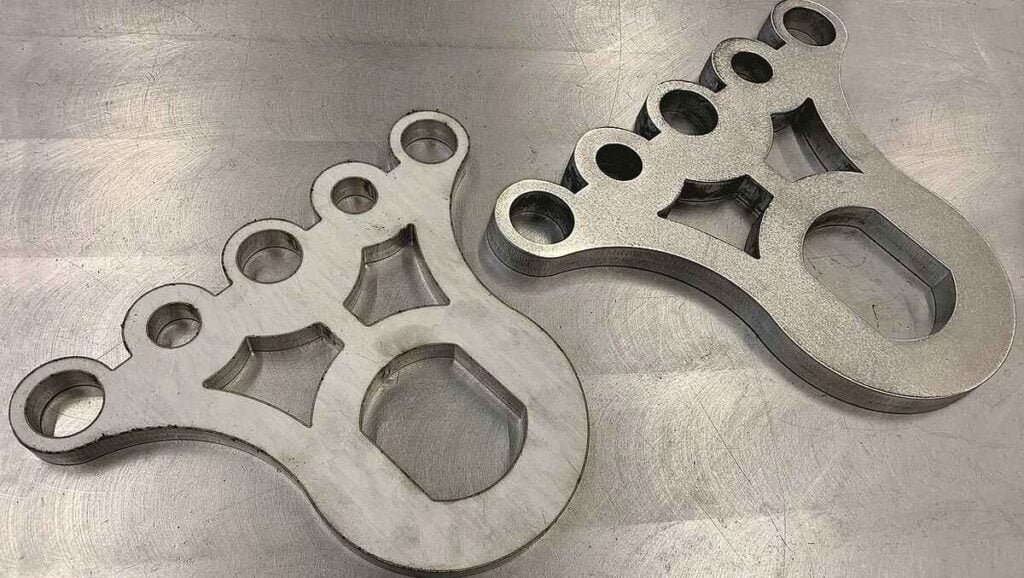
How Do You Remove Burrs From Metal?
There are many ways to remove burrs. The correct method depends on the part’s shape, material, and desired finish. Below are the most common methods used in metalworking.
Mechanical Deburring
Mechanical deburring uses machines or tools to grind, sand, or brush off burrs. It works well for flat parts or simple shapes. Methods include tumbling, grinding wheels, abrasive belts, and rotary brushes. It’s fast and cost-effective for high-volume parts. But it may not reach deep holes or tight corners.
Thermal Deburring
Thermal deburring utilizes heat to remove burrs. The part is placed in a sealed chamber. Then, a mix of gas and oxygen is ignited. The small explosion burns away thin burrs without damaging the central part. It’s ideal for internal burrs or hard-to-reach spots. However, it requires specialized safety controls and equipment.
Cryogenic Deburring
Cryogenic deburring freezes the part using liquid nitrogen. This makes burrs brittle. Then, they are blasted off using plastic media. It’s gentle on the base part and suitable for small or delicate components. It’s often used in electronics or precision parts.
Hand Deburring
Hand deburring is performed using tools such as scrapers, files, blades, or abrasive pads. It’s flexible and low-cost. It is suitable for small batches or custom parts. It allows precise control. But it takes more time and depends on the worker’s skill. Not suited for mass production.
Electrochemical Deburring
Electrochemical deburring utilizes an electric current and a specialized solution to dissolve burrs. The part is placed near an electrode, and electricity removes the burr chemically. It’s best for small, sharp internal burrs in hard metals. It leaves a smooth finish and works well for parts with tight tolerances.
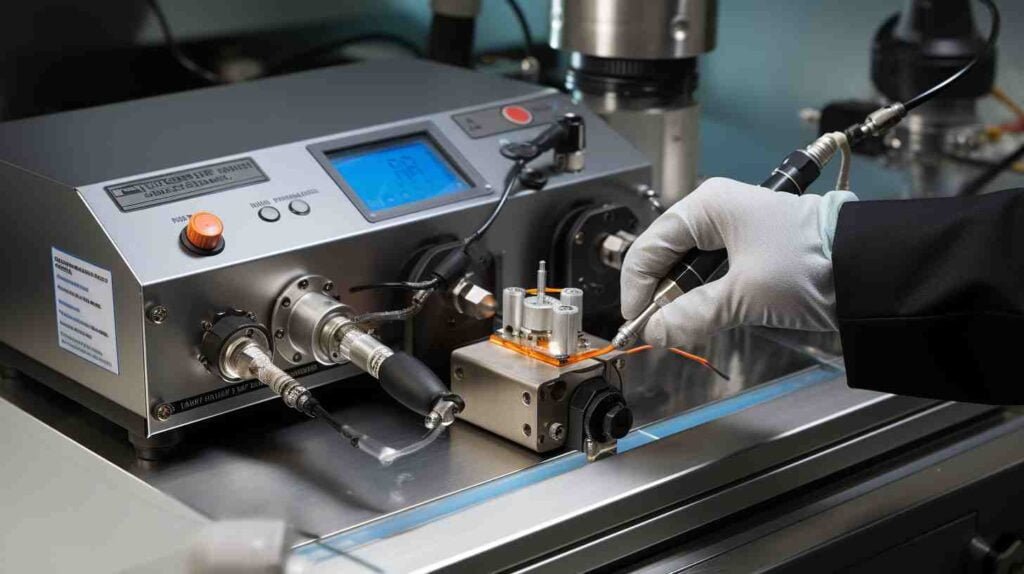
How to Choose the Right Deburring Method?
Selecting the most effective deburring method saves time and money. Here are the key factors to consider:
Part Quantity
If you’re working with large batches, automated deburring methods such as tumbling or thermal deburring are more effective. They save time and lower labor costs. For small runs or prototypes, hand deburring gives more control and flexibility.
Part Geometry
Simple shapes are easier to deburr using machines or brushes. However, complex shapes with deep holes or tight corners require special methods, such as electrochemical or thermal deburring. The technique must reach all the burrs without damaging the part.
Material Type
Softer metals, such as aluminum, are easier to deburr. Harder metals, such as stainless steel or titanium, may require stronger methods, like grinding or electrochemical deburring. Some materials react poorly to heat, making thermal methods unsuitable.
Precision Required
If your part needs a smooth finish or tight tolerances, avoid rough methods. Electrochemical and cryogenic deburring offer high precision. Hand deburring is effective for fine-tuning, but it may introduce variation between parts.
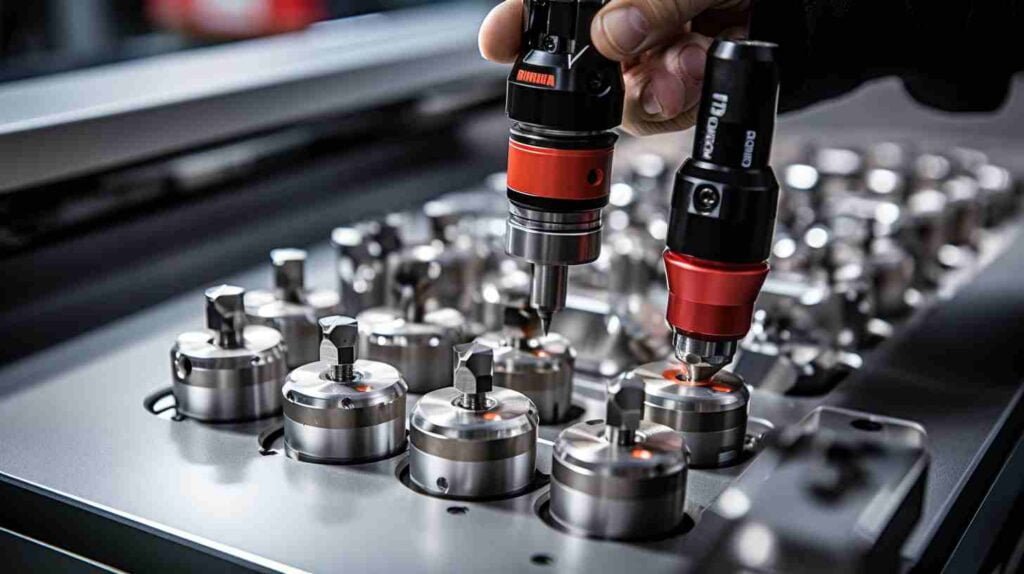
Best Practices for Deburring
Good deburring doesn’t just mean removing the burrs. It means doing it safely, consistently, and without damaging the part. Here are key tips to help improve the process.
Inspect Burr Locations First
Always check where burrs are most likely to form. Focus on tool exit points, drilled holes, and sharp edges. Knowing the burr locations helps you choose the right tool and method.
Use Consistent Pressure
Whether deburring by hand or with a machine, apply even pressure to the workpiece. Too much pressure can damage the part. Too little may leave burrs behind. Consistency ensures better results and longer tool life.
Control Deburring Time
Don’t overburn. Running the process for too long can cause rounding errors or alter part dimensions. The time is just enough to remove burrs without affecting accuracy.
Use Proper Abrasives or Tools
Choose the right tools for your material and part shape. Use fine-grit abrasives for delicate parts. Use stronger tools for harder metals. The wrong tool can leave scratches or miss burrs.
Automate When Possible
If you’re working with high part volumes, automation can improve speed and quality. Machines apply steady pressure, follow programmed paths, and reduce human error. It’s a good way to maintain consistent results.
Conclusion
Deburring is a crucial step in ensuring that metal parts are safe, clean, and ready for use. Burrs may seem small, but they affect fit, function, and quality. By understanding how burrs form and selecting the appropriate removal method, you can prevent delays, rework, or part failure. The proper deburring process saves time, improves product life, and keeps customers happy.
Need help choosing the best deburring solution for your parts? Contact our team for expert advice and fast quotes. Let’s make your metal parts burr-free and ready for production.
Hey, I'm Kevin Lee

For the past 10 years, I’ve been immersed in various forms of sheet metal fabrication, sharing cool insights here from my experiences across diverse workshops.
Get in touch

Kevin Lee
I have over ten years of professional experience in sheet metal fabrication, specializing in laser cutting, bending, welding, and surface treatment techniques. As the Technical Director at Shengen, I am committed to solving complex manufacturing challenges and driving innovation and quality in each project.

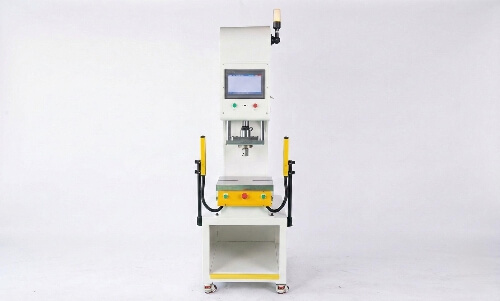
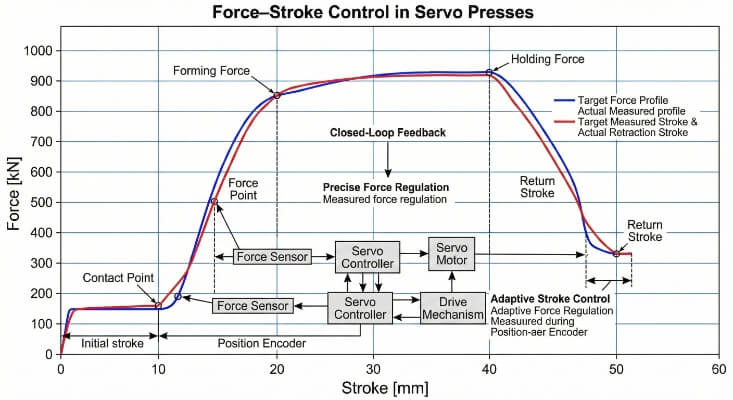

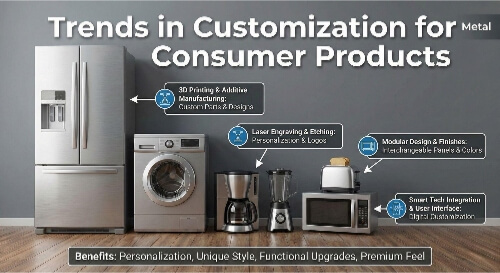
One Response